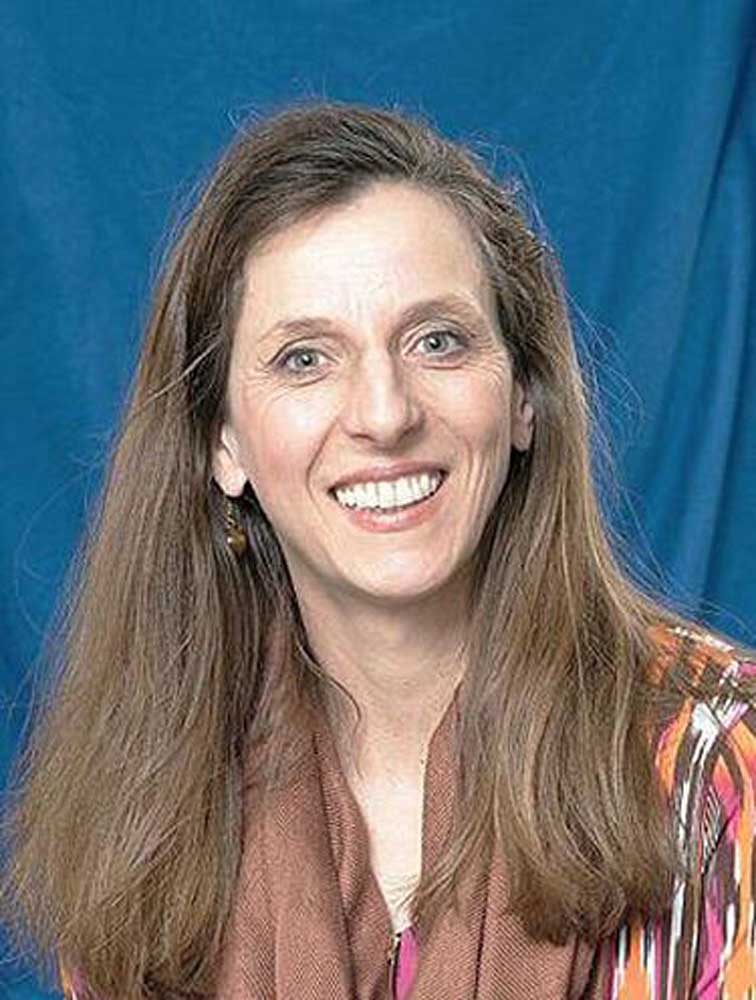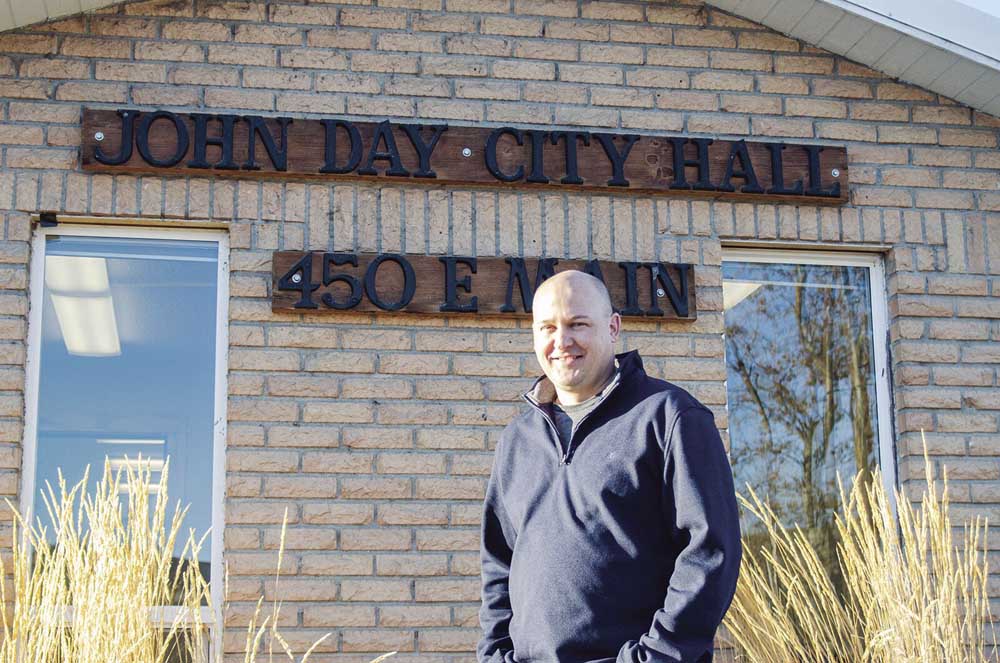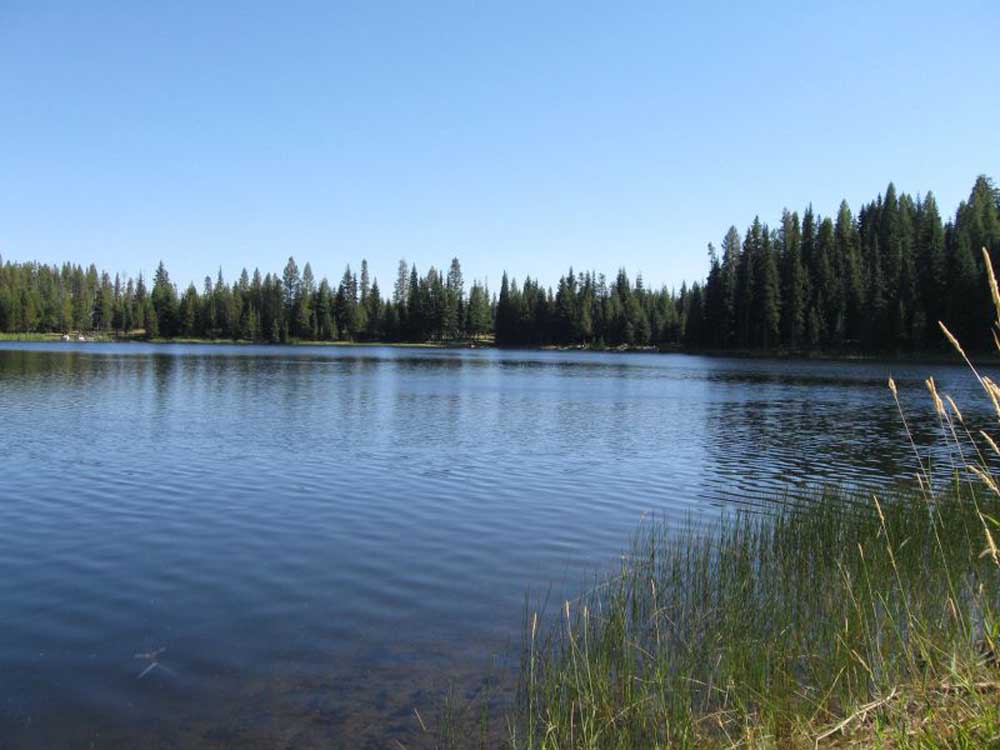Rural upbringing will inform new ODA director
Published 11:00 am Monday, January 22, 2024

- Hanson
Lisa Charpilloz Hanson grew up on a small farm in Monitor, Ore., an unincorporated Willamette Valley community centered around agriculture.
She participated in 4-H, and her first jobs included picking strawberries and cauliflower, hoeing between broccoli rows and helping with the hop harvest.
As a teen attending Silverton High School, she raised and showed purebred livestock.
While her parents worked off the farm, they grew Christmas trees, alfalfa hay and seed, sometimes leasing fields to neighbors.
Charpilloz Hanson said her rural upbringing will help inform her as the new director of the Oregon Department of Agriculture.
“I have that on-the-ground experience and exposure,” Charpilloz Hanson said.
She started her new job in December, but she’s a veteran of ODA, serving 15 years as deputy director before being appointed director of the Oregon Watershed Enhancement Board in 2021.
Lisa Charpilloz Hanson appointed to top job at Oregon Department of Agriculture
ODA’s Lisa Hanson wins national award
She’s technically the interim director of ODA. Her confirmation hearing is Feb. 6.
Charpilloz Hanson said she applied for the ODA’s top job when it became available “because my heart and soul are all about agriculture. I love Oregon agriculture, and it’s where my passion lies.”
Ag, conservation interests
Charpilloz Hanson is assessing ODA’s needs and resources. The agency has about 400 full-time employees and a budget of nearly $150 million.
“I’m excited because we’re embarking on a new strategic plan. This will really lay the groundwork for where the agency needs to go over the next two to five years,” she said.
She’ll also utilize her experience and relationships built at OWEB, she said.
“Ag and conservation interests have way more in common in terms of what Oregon needs for working lands,” Charpilloz Hanson said.
“Agriculture is good for communities, it’s good for the economy and it’s good for the environment,” she said. She added that she said the same things about OWEB’s efforts.
Keeping working land working is a solution for many issues in Oregon, including climate problems, Charpilloz Hanson said.
Challenges, opportunities
Oregon agriculture faces challenges such as drier and hotter summers and more intense rainstorms that can cause flooding, Charpilloz Hanson said.
She said farmers will need to become more resilient, adopt new practices for irrigation and water conservation and potentially move into new crops.
Oregon’s unique diversity is a plus. “Not only in terms of the 225 crops that we grow here but in the type of operations that we have,” Charpilloz Hanson said.
Those vary by size, scale and production practices, as well as climate and topography, combining to create a thriving agricultural community that must market products locally, nationally and internationally.
Diversity also can be a strength in other ways.
“I think we have a great opportunity in terms of continuing to reach out across agriculture to what may have been underrepresented communities and farmers and really embracing the diversity of Oregon ag,” Charpilloz Hanson said.
Charpilloz Hanson, a graduate of Linn-Benton Community College in Albany and Oregon State University, still lives in Monitor.
She and her daughters raise purebred sheep, and her daughters show them across the U.S.
Even when Charpilloz Hanson isn’t working on behalf of agriculture, her life is on the farm.





